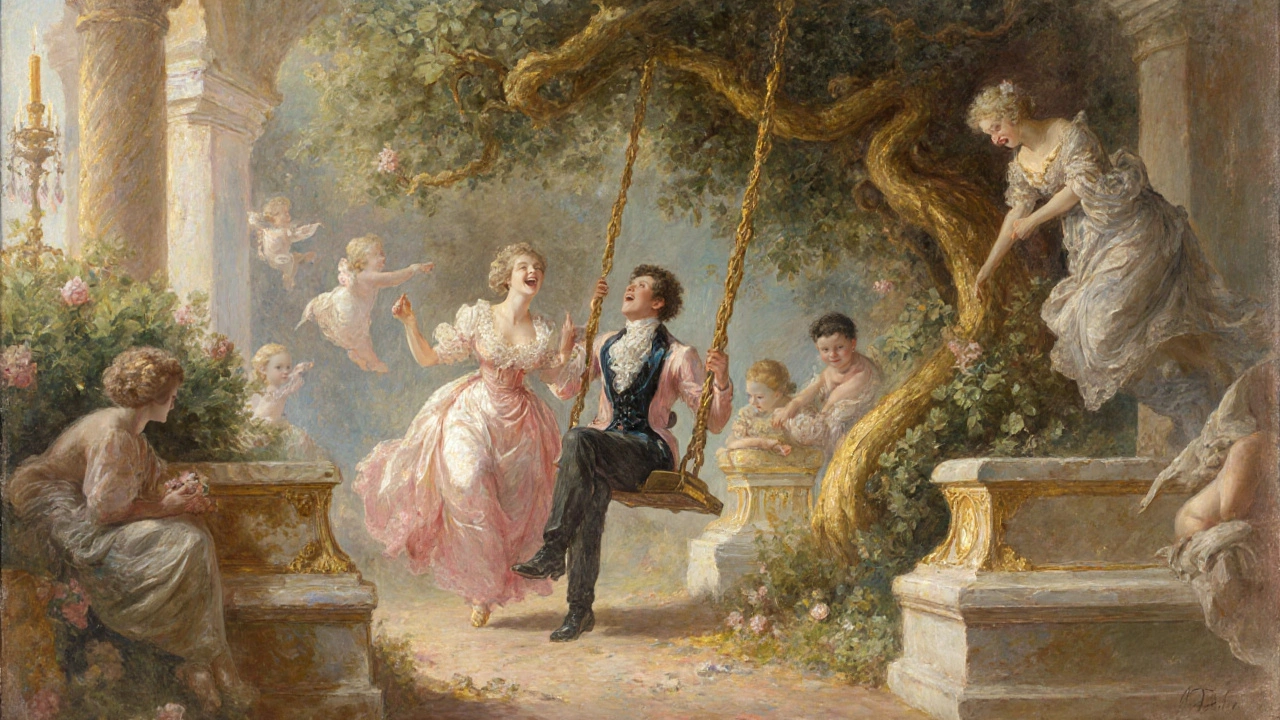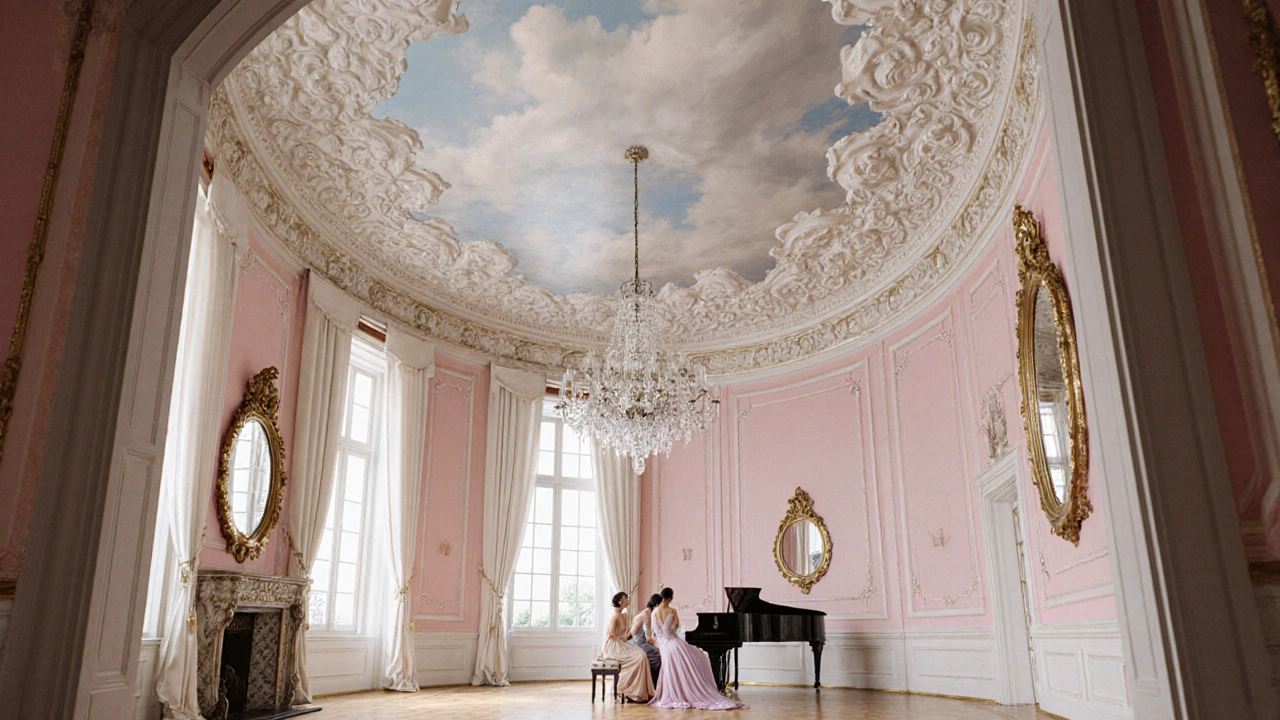Rococo was the playful, ornate art movement of 18th-century Europe that celebrated elegance, intimacy, and luxury. Known for pastels, gold, and curved forms, it defined aristocratic life before the revolution changed everything.
Rococo Style – Playful French Design, Art, and Architecture
When exploring Rococo style, the light‑hearted, ornamental movement that flourished in mid‑18th‑century France, known for its asymmetrical scrolls, pastel colors, and whimsical motifs. Also called Rococo, it redefined interior spaces with a sense of movement and intimacy. The style encompasses decorative sculpture, painting, and architecture, blending art and design into a single fluid expression. It emerged as a reaction to the grand seriousness of Baroque style, a dramatic, bold aesthetic dominant in the 17th century, shifting the focus from imposing monumentality to playful elegance. Rococo borrowed Baroque’s love of drama but softened it with curving lines, naturalistic motifs like shells and foliage, and a palette of soft pinks, blues, and creams. Leading artists such as François Boucher and Jean‑Honoré Fragonard turned the courts of Louis XV into galleries of flirtatious scenes, while architects like Germain Boffrand used intricate stucco to turn walls into airy canvases. In short, Rococo turned every room into a theatrical set where light, color, and detail performed together.
From Courts to Cabins – How Rococo Spread
Rococo’s heart beat in French art, painting and sculpture commissioned by the royal courts, especially under Louis XV, where pastel palettes and cherubic figures adorned walls and ceilings. The movement quickly seeped into 18th‑century decorative arts, furniture, porcelain, and textiles that featured curving lines and natural motifs. Chairs sprouted cabriole legs, mirrors were framed in gilded scrolls, and Sèvres porcelain displayed delicate flowers. This crossover meant that a single salon could showcase a painted ceiling, a carved mantel, and a gilded mirror, all speaking the same visual language. In architecture, Rococo translated into ornamental architecture, buildings whose facades and interiors overflow with intricate stucco, gilded moldings, and airy spatial arrangements. The style’s emphasis on lightness required skilled artisans, linking artistic talent directly to construction techniques. As Rococo traveled beyond France, it found new homes in German and Austrian palaces—think of the Amalienburg in Munich or the Zwinger in Dresden—where local craftsmen blended the French flair with regional tastes, producing a pan‑European ornamental language. Even country estates adopted the style, simplifying the grandeur for more modest interiors while keeping the signature curves and pastel hues.
Below you’ll find articles that dive deeper into Rococo’s golden age, its key artists, signature elements, and the way it still pops up in modern design. Whether you’re curious about the playful brushstrokes of a French salon or the curving façades of a historic palace, these pieces give you practical insight and visual inspiration. Explore the collection to see how Rococo’s charm continues to influence today’s architecture, interior décor, and even contemporary product design, proving that a style born in the 1700s can still feel fresh and relevant.
Explore the rise of Rococo, its playful aesthetics, key artists, architectural highlights, and lasting influence on modern design in this in‑depth guide.


